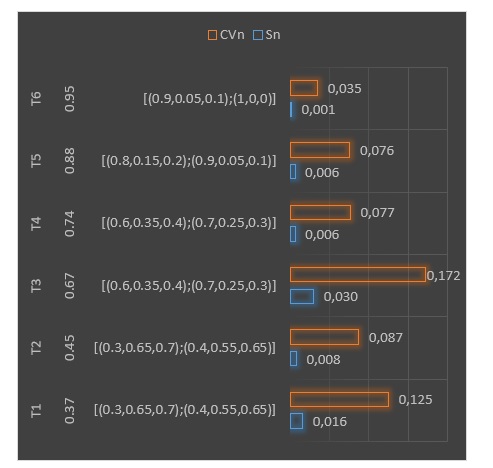Neutrosophic Analysis in the Evaluation of the Use of Beauveria Bassiana against the Potato White Grub
Keywords:
Sustainable agriculture, treatment efficacy, entomopathogen, neutrosophic statisticsAbstract
Beauveria bassiana is an entomopathogenic fungus that has been shown to have the potential to control the potato white grub (Premnotrypes vorax), a pest that significantly affects potato production, especially in Ecuador. Therefore, the present study has focused on evaluating the effectiveness of Beauveria bassiana in the control of the potato white grub under laboratory conditions. To this end, neutrosophic statistics have been used to analyze larval mortality, by applying concentrations of , and conidia of Beauveria bassiana by spraying and immersion. Among the results, it was determined that treatment at a concentration of 108 conidia per spray has proven to be the best option, with a neutrosophic coding from very effective to extremely effective in mortality in larvae. In conclusion, neutrosophic analysis has shown that Beauveria bassiana is effective in controlling white grub, especially with high concentrations and spraying.
Downloads

Downloads
Published
Issue
Section
License
Copyright (c) 2024 Neutrosophic Sets and Systems

This work is licensed under a Creative Commons Attribution 4.0 International License.


